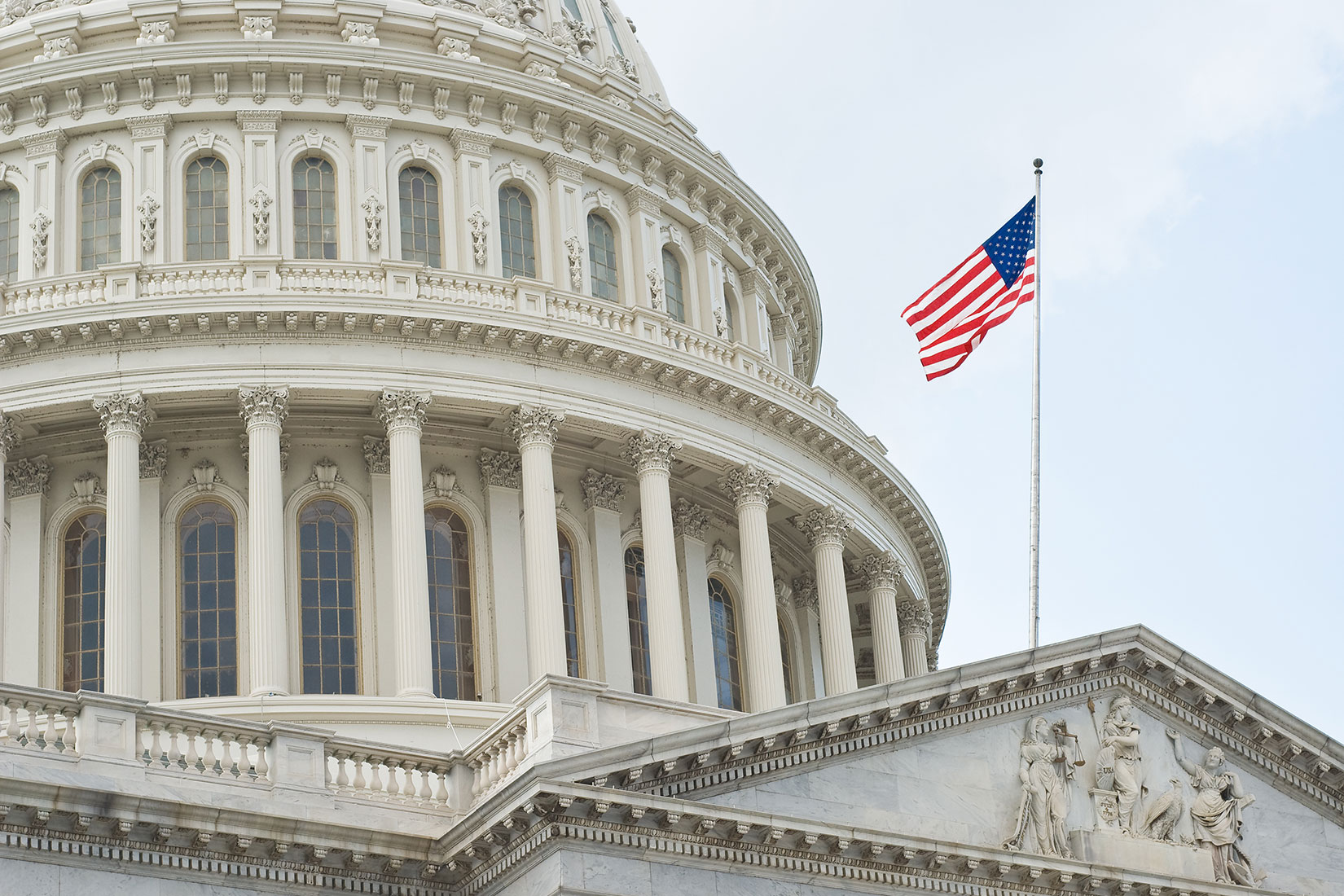Note
All years referred to in this report are federal fiscal years, which run from October 1 to September 30 and are designated by the calendar year in which they end.
By August 15 of each year, the Congressional Budget Office is required to publish its estimates of the limits (often called caps) on discretionary budget authority as established by the Fiscal Responsibility Act of 2023 (FRA, Public Law 118-5). CBO is required to provide projections of those limits for the current and the upcoming fiscal year and to report on its estimates of the maximum allowable adjustment to the caps to account for funding designated for disaster relief. CBO also must estimate whether any appropriations enacted for the current fiscal year have exceeded the caps and thus would trigger a cancellation of budgetary resources, known as a sequestration. The authority to determine whether the caps have been breached rests solely with the Office of Management and Budget.
CBO is publishing this short report about the limits that apply to discretionary budget authority in fiscal year 2024. Because no statutory caps are in place for fiscal year 2023, there will be no sequestration for the current fiscal year.
Limits on Discretionary Budget Authority for 2024
Section 101 of the FRA set limits on discretionary budget authority in fiscal year 2024 that total $1,590 billion—$886.3 billion for defense and $703.7 billion for nondefense programs. Adjustments to the caps are permitted under the Balanced Budget and Emergency Deficit Control Act of 1985 (P.L. 99-177), as amended, for funding designated for an emergency requirement, overseas contingency operations, disaster relief, wildfire suppression, and program integrity initiatives. No such funding has been provided for 2024, so no such adjustments are currently necessary.1
Disaster Relief
The total increase in caps to accommodate funding for disaster relief is statutorily limited and cannot exceed the sum of the following components:
- The average funding provided for disaster relief over the previous 10 years (adjusted to exclude the highest and lowest annual amounts);
- The amount, if any, by which that adjusted 10-year average applicable in the previous year exceeded that year’s appropriation;
- Five percent of amounts designated as an emergency requirement and appropriated over the previous 10 years under the Robert T. Stafford Disaster Relief and Emergency Assistance Act (P.L. 93-288), as amended; and
- The cumulative amount by which the maximum funding for disaster relief has exceeded the amounts appropriated for each year after 2018.
For 2024, CBO estimates, the maximum cap adjustment for disaster relief will be $20.4 billion.
1. Section 103 of the FRA excludes from the statutory caps nearly $71 billion in advance appropriations provided for 2024 that were enacted before the FRA became law. Those amounts, which the Congress designated as an emergency requirement for the purposes of the Congressional Budget Act of 1974 (P.L. 93-344), will not result in adjustments to the 2024 caps.
This Congressional Budget Office report was prepared in response to the requirements of the Balanced Budget and Emergency Deficit Control Act of 1985, as amended. Previous editions are available at https://go.usa.gov/xQCKb. In keeping with CBO’s mandate to provide objective, impartial analysis, the report makes no recommendations.
Justin Riordan and Megan Carroll prepared the report with guidance from Christina Hawley Anthony and Chad Chirico. Mark Hadley and Robert Sunshine reviewed the report. Kate Kelly edited the report, and Casey Labrack prepared the text for publication. An electronic version is available at www.cbo.gov/publication/59490.
CBO seeks feedback to make its work as useful as possible. Please send comments to communications@cbo.gov.

Phillip L. Swagel
Director


